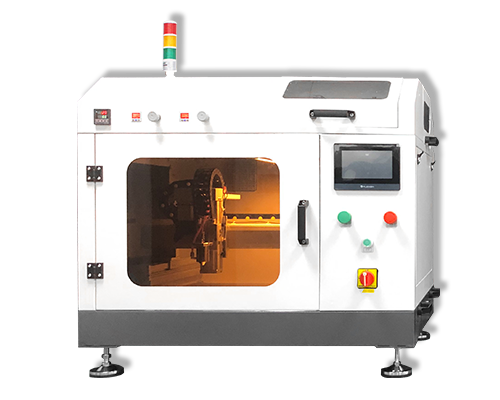Liquid Cooled Battery VS Air Cooled Battery
For new energy vehicles, the heat management system will play a vital role. After all, the battery, which is a little “squeamish”, will inevitably lose its temper with the car owner because the temperature is too high or too low. As far as the thermal management systems of most new energy vehicles on the market are concerned, they are mainly divided into two factions: air-cooled and liquid-cooled.
Advantages of air-cooled batteries
Because of its simple structure and low cost, air-cooled batteries are favored by many car companies. For example, mainstream models on the market and some models that feature ultra-high cost performance have adopted this battery cooling method. The principle of air cooling is to use natural wind or a hair dryer to cooperate with the evaporator to cool down the battery.
The shortcomings of the air-cooling technology using air as the medium are also quite obvious. Its cooling effect obviously cannot meet the heat dissipation requirements of the current work of new energy vehicles. Moreover, air cooling is greatly affected by the temperature of the outside air, especially in overheated or overcooled weather conditions, where the heat transfer efficiency drops sharply.
More effective heat dissipation
In contrast, liquid cooling technology is more calm for the thermal management of the battery. At present, some car companies are equipped with liquid-cooled battery systems, and the cooling liquid passes through the internal pipeline circuit of the battery to take away the heat generated when the battery is working. Under low temperature conditions, the system will also heat the battery pack.
Compared with air, the system with coolant as the medium has dozens of times larger specific heat capacity and higher heat transfer coefficient, which brings the advantage of better cooling effect. After the temperature and temperature difference are significantly reduced, the battery pack will of course be significantly improved in work efficiency, stability, and durability. Of course, liquid cooling systems will also cost more.
Why is the liquid cooling system so good that it is not popular?
The structure of the liquid-cooled battery is more complicated, and the quality of the coolant is quite objective. It does not directly increase the cruising range, but also increases the overall weight of the battery pack, which is equivalent to lowering the energy density of the battery pack. Under the circumstances, it will affect the subsidy amount, so some manufacturers simply gave up the configuration of liquid-cooled batteries that outweigh the benefits.
General Trend
In the current new energy vehicle market, air cooling and liquid cooling are evenly divided. For established powerhouses such as Tesla, BAIC New Energy, and BYD, liquid cooling has been deeply popularized in the product camp. In terms of energy vehicles, cheap air-cooled batteries may become the first choice for a long time. However, as consumers’ demand for vehicle performance and the upgrading of battery thermal management system technology, more and more models will gradually use more advanced liquid-cooled batteries.
Ultrasonic spray fuel cell catalyst coating system can produce highly uniform, repeatable and durable coatings. Our ultrasonic spraying can well control coating properties, significantly reduce material usage, and reduce maintenance and downtime. Uniform catalyst coatings are deposited onto PEM fuel cells, GDLs, electrodes, various electrolyte membranes, and solid oxide fuel cells with suspensions containing carbon black inks, PTFE binder, ceramic slurries, platinum and other precious metals.
Cheersonic is the leading developer and manufacturer of ultrasonic coating systems for applying precise, thin film coatings to protect, strengthen or smooth surfaces on parts and components for the microelectronics/electronics, alternative energy, medical and industrial markets, including specialized glass applications in construction and automotive.
Chinese Website: Cheersonic Provides Professional Coating Solutions


